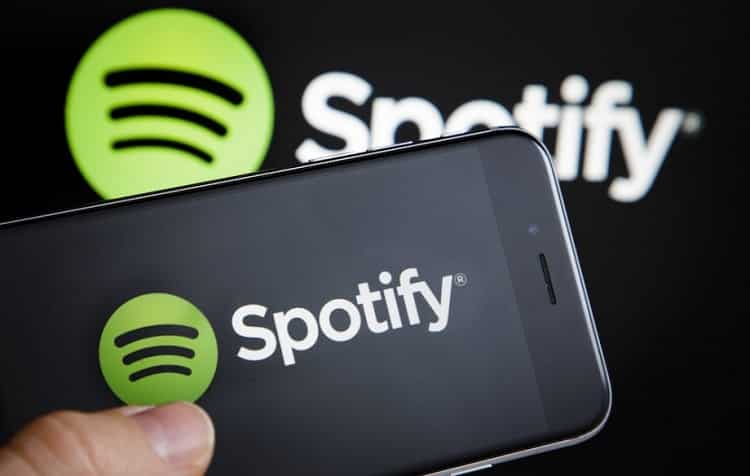Spotify has been a revolution in the music industry. It is a freemium service, and it is the provider of protected content from record labels. The basic features are free with the advertisement, but the paid version has better streaming quality and music download option. It is available for every device users including social media users and PlayStation users. There are robust search features for the convenience of the users, and currently, the platform has over 170 million users. There are multiple programming languages used in the development of this revolutionary platform which are mentioned below.
Programming Languages Used For Spotify –
According to the Wikipedia, the primary language behind Spotify development is Python. Among other significant languages used are Java, C++, and C. It is compatible with Android, iOS, Windows, Linux, and macOS.
But according to Andreas Blixt who is a 5-year employee of Spotify, the main language used is C++ and not Python. One may take it with a pinch of salt because C++ has become less convenient for the developers while Python is the language where most of the developments are taking place. He has also mentioned that C++ is at the core but due to the expansion of Spotify from its origin, different modules are created. These new modules are implemented in different languages for better development. These modules could have also been created in C++. Furthermore, the scope for using different programming languages has opened up the scope for more clients to work with the platform seamlessly. The use of JSON for passing data has become easy.
Interface – Apart from the programming language, it is using Chromium Embedded Framework. The views are written in the trio combination of HTML, CSS, and JavaScript. The interface layer called Cosmos is a perfect bridge between C++ and JavaScript and hence, interacting with different views in no more a trouble for the developers. On top of that, there is a layer of PHP that mainly executes the logging in and some apps on different domains. The rest of the part is JavaScript as far as the overall interface is concerned. JavaScript uses a specialized C++ service to ace to the backend.
Coming to the apps, you are aware of the fact that Spotify has so many different apps for different platforms. iOS app must be built in Objective-C, Android app must be built in Android, Growl for Mac OS X, NSIS for Windows, and likewise. The front end of the web application is said to have Ruby on Rails along with HTML, JavaScript, and CSS. Other the other programming languages used to build several components belonging to the third-party, there has been a mention of Boost, Expat, Zlib, and various other library languages.
Breaking Down The Different Components –
You can broadly divide Spotify into multiple components quite easily. There are desktop application component, mobile application component, web development component and the core components. Furthermore, you can take different accessories as another component, and these accessories are the ones that are primarily responsible for the use of so many different languages to create the entire platform. The core component is generally written in a language is the independent of the operating system. This helps the core component to stay intact, and the rest of the components can change and get customized as per the operating system used. Coming to the core part, there are a lot of opinions out, and it is safe to assume that it has been a combination of C++ and Python without giving anyone the higher preference.
Desktop Component – The desktop component has been written in C++ for most of the part, and that is why C++ has been mentioned in the documentation. Along with C++, JavaScript is also used for some of the web related components. For the Mac OS X users, Objective-C and even Objective-C++ have been used. The use of JavaScript for the native desktop app has been surprising to many. But Spotify uses Chromium embedded framework due to which the web components had to be developed in JavaScript for flexibility and scalability. Currently, Spotify does not allow third-party plugins which were previously there. This has more to do with the security purposes, and Spotify has bought a few plugins that were popular and embedded them directly into the platform.
Web Component – The web component has a little bit of everything. HTML 5, CSS, JavaScript are a common combination. There are no usual frameworks used, but a lot of Java and Ruby on Rails has been implemented for certain functional components. Apart from the web components, there are apps made for different platforms, and different languages are used accordingly for app development.
If you are looking forward to making such a platform, you have to go through the documentation to understand the different components and find interlinkable programming languages so that you can make different components in the best possible way without any compatibility issues.

